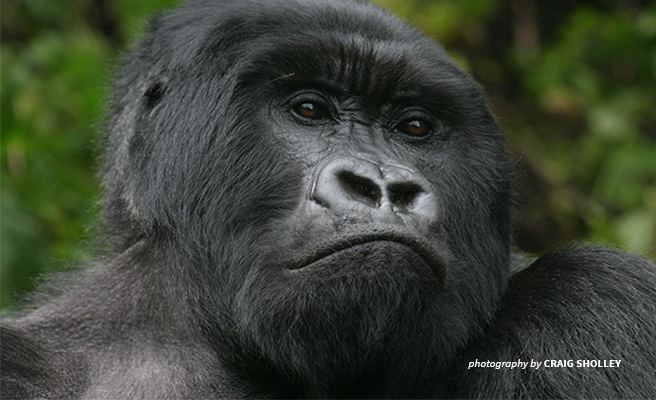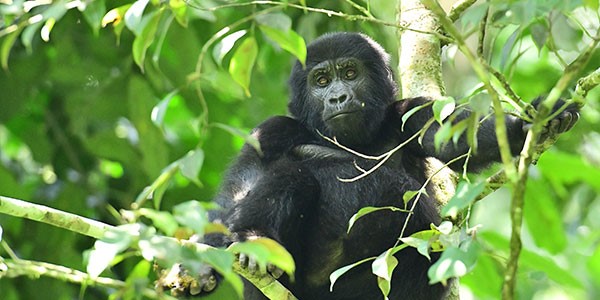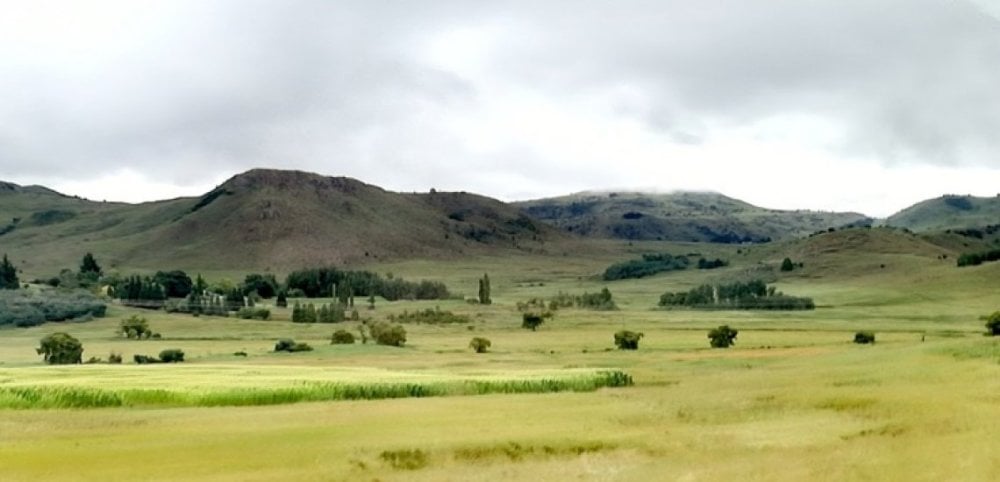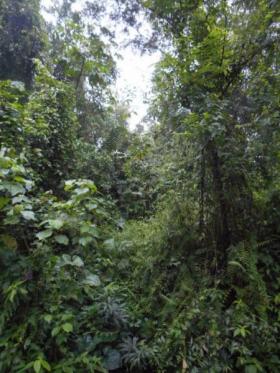AWF Donates Land to Rwanda to Protect Mountain Gorilla Habitat
Posted on
|
The International Union for Conservation of Nature (IUCN) lists mountain gorillas as critically endangered. Mountain gorillas are only found in the Virunga Massive and in Bwindi Impenetrable National Park in Uganda. They are one of the four great apes living in Africa and are the only great age which is increasing in population. The Government of Rwanda, says the African Wildlife Foundation, has distinguished itself as a leader in conservation after the amazing recovery of the ape numbers. The 2010 cenuses of mountain gorillas in the Virunga Massife showed there were about 880 individuals - 480 in the Virunga Massive and 400 in Bwindi. This means they had increased about 26% over the previous 7 years.
This success led to a key challenge: enough habitat for the mountain gorillas. In 2017, the African Wildlife Foundation bought a 27.8 hectare property right next to the park. However, the increase in mountain gorillas has led to a key challenge: adequate habitat. So in 2017, the African Wildlife Foundation bought a 27.8-hectare property next to the park. In January, the Rwanda Development Board received a property that will help increase the size of Volcanoes National Park, vital habitat for the mountain gorillas. The park was established in 1925 and it's home to mountain gorillas. It is sited in the north of Rwanda bordering the Democratic Republic of Congo and Uganda and it hoped that the handover of land from the African Wildlife Foundation to the Rwanda Development Board will help address the issue of adequate habitat. Visitor numbers have risen 82% since 2007, showing that more and more people want to see mountain gorillas. Visitor numbers will help ensure their long term survival, provided that the gorillas are treated with respect and given the right habitat they need to survive and thrive. Responsible Travel is an ethical travel directory and it lists a number of gorilla safaris - click here for more information.
|
 © Craig Sholley
© Craig Sholley

